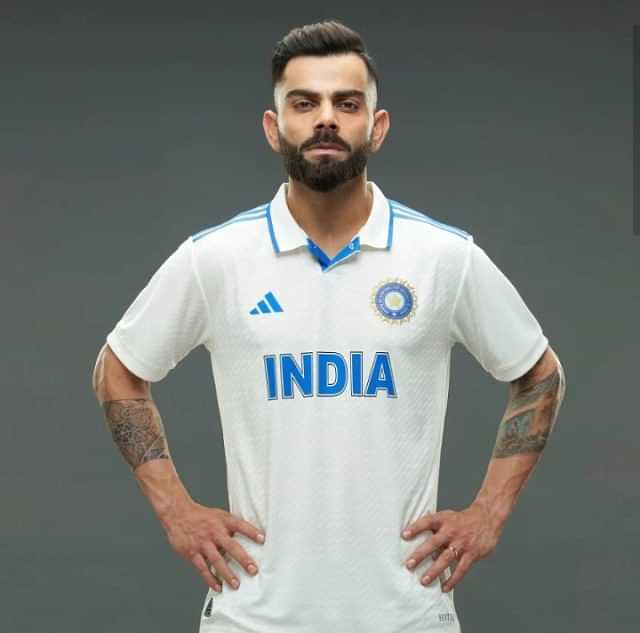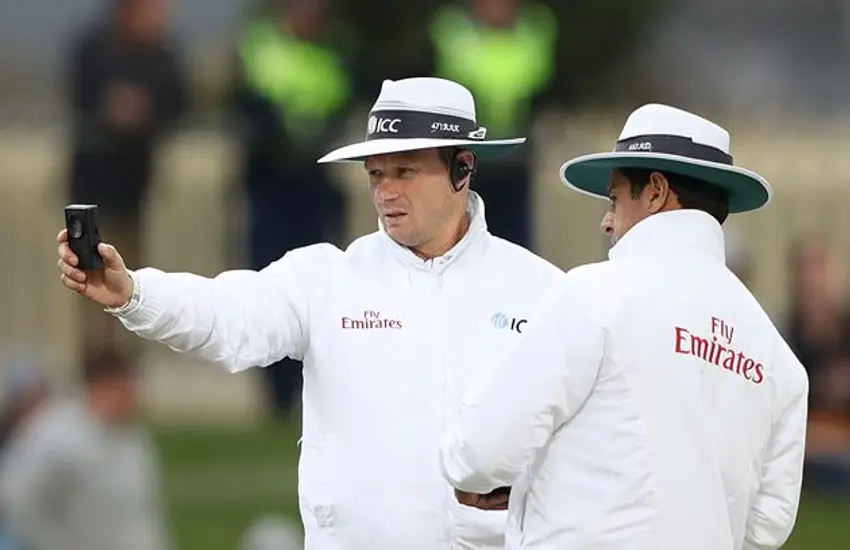
In the highly anticipated WTC Final of 2023, cricket fans witnessed the awe-inspiring brilliance of Virat Kohli as he etched his name in the annals of cricketing history. With an exceptional knock of 44* runs in the second innings against the formidable Australian team, Kohli shattered multiple records, leaving a lasting impact on the ICC World Test Championship. Let’s dive into the astounding records set by the maestro himself.
Kohli’s Dominance against Australia
On the fourth day of the WTC Final, Virat Kohli achieved a remarkable feat by amassing 2000 test runs against Australia, joining the esteemed ranks of only five Indian cricketers to achieve this milestone. His performance against the Aussies has been nothing short of extraordinary, showcasing his sheer love for the game, especially in the realm of test cricket against Australia in their own den.
Over the course of 25 test matches, Kohli amassed a staggering 2037 runs at an average of 48.50, including eight centuries and five half-centuries. Standing just behind the legendary Sachin Tendulkar, who amassed 3630 runs against Australia in 36 test matches at an average of 55.0, Kohli’s record against the Aussies remains a testament to his exceptional batting prowess.
Dominating the Australians in International Cricket
Virat Kohli’s dominance against Australia extends beyond the test arena. In a monumental achievement, he crossed the 5000-run mark in international cricket against Australia, becoming only the second player in the world to accomplish this feat. In 93 matches against the Aussies, Kohli boasts an impressive average of 51.05, including a remarkable tally of sixteen centuries and 24 half-centuries.
Record-Breaking Performances in ICC Knockouts
Virat Kohli’s consistency in ICC tournaments has propelled him to new heights, breaking records along the way. In the WTC Final, he surpassed Sachin Tendulkar’s record of 657 runs in ICC tournament knockouts, accumulating a staggering 680 runs in 18 innings. Kohli’s remarkable performances in ICC tournaments have been a key factor in India’s success, solidifying his status as a match-winner.
Reigning Supreme in the World Test Championship
Virat Kohli’s impact in the World Test Championship (WTC) has been unparalleled. In yet another monumental achievement, he claimed the title of the highest run-scorer for India in the WTC. With an impressive tally of 1803 runs, Kohli’s dominance in the tournament has been instrumental in India’s journey to the final. Hot on his heels is the dynamic opener Rohit Sharma, who trails by a mere nine runs with 1794 to his name.
The Elite Club of Runs against Australia
In the illustrious history of Indian cricket, a select few have excelled against Australia. Virat Kohli’s exceptional records place him among the greats who have left an indelible mark in the India vs. Australia rivalry. Let’s take a look at the exclusive club of
Most run-scorers for India against Australia in Tests:
- Sachin Tendulkar: 3630 runs in 39 matches, including 11 centuries.
- VVS Laxman: 2434 runs in 29 matches, including 6 centuries.
- Rahul Dravid: 2143 runs in 32 matches, including 2 centuries.
- Cheteshwar Pujara: 2074* runs in 25 matches, including 5 centuries.
- Virat Kohli: 2025* runs in 25 matches, including 8 centuries.
The Leading Lights in ICC Knockouts
In the high-stakes environment of ICC knockouts, Kohli has consistently shone bright for the Indian team.
Here are the Top performers for India in ICC knockout matches, including the recent WTC Final:
- Virat Kohli: 680* runs in 18 innings.
- Sachin Tendulkar: 657 runs in 14 innings.
- Rohit Sharma: 620* runs in 17 innings.
- Sourav Ganguly: 514 runs in 8 innings.
- Yuvraj Singh: 458 runs in 14 innings.
Virat Kohli’s extraordinary records in the ICC World Test Championship, his unparalleled performances against Australia, and his consistency in ICC tournaments have cemented his status as one of cricket’s modern-day legends. With each milestone he achieves, Kohli continues to inspire and captivate cricket enthusiasts around the world, leaving an indelible mark on the sport’s rich history.


